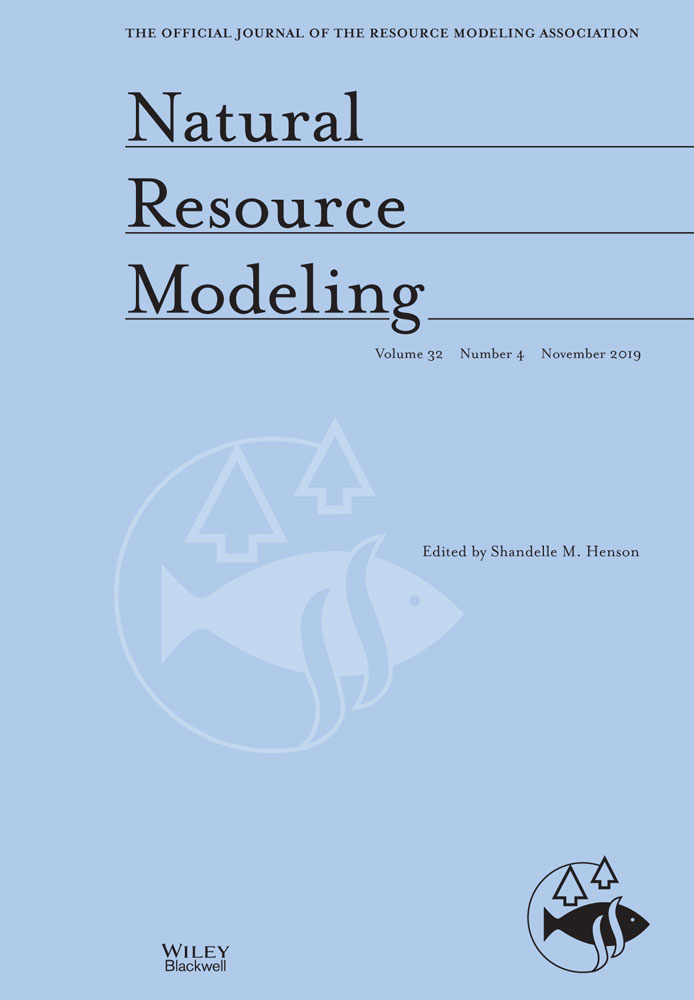Predicting changes in mean length with an age-structured stock assessment model
Abstract
Several studies have shown that mean length is only slightly biased and hence a robust indicator of the total mortality (fishing and natural mortalities). However, these studies use models that typically assume equilibrium conditions and are expected to predict a much stronger relationship between mean length and fishing mortality than would be obtained from a model with more realistic assumptions. Here we predict changes in annual mean length with stochastic stock reduction analysis (SRA)—an age-structured model—that accounts for recruitment variation around an average stock-recruitment relationship and time-varying exploitation rate. We found that SRA-predicted mean length fluctuates considerably over exploitation rate, as opposed to equilibrium mean length, which consistently declined as exploitation rate climbed. Our finding suggests that the inference obtained from examining the relationship between fishing effects and mean length under equilibrium conditions could be misleading.
Recommendations for resource managers
-
Previous studies showed that equilibrium mean length—that is, assuming continuous and constant recruitment and constant total mortality over time—is a reliable indicator of fishing and natural mortalities, where changes in the observed mean length mimic the total mortality of the harvested population.
-
By estimating mean length under sensible assumptions, such as accounting for recruitment variability around an average stock-recruitment relationship, and time-varying exploitation rate (fishing mortality), high exploitation rate does not necessarily result in a low mean length.
-
Given that equilibrium approaches to estimate mortality as a function of mean length are still appealing, due to their simplicity and basic data requirement, caution must be exercised when interpreting the results.




